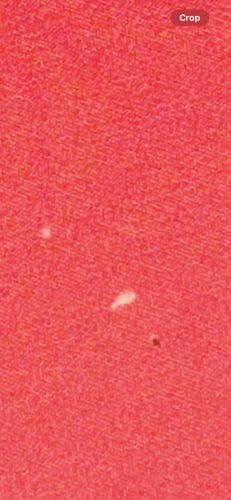Bed Bug
Scientific Name: Cimex lectularius
Order & Family: Hemiptera (Order); Cimicidae (Family)
Size: Adults are typically 4-5 mm (0.16-0.2 inches) long, similar in size to an apple seed. Nymphs are smaller and translucent.

Natural Habitat
Primarily found in human dwellings, particularly in beds (mattresses, box springs, bed frames), upholstered furniture, and cracks in walls or floors. They prefer dark, secluded areas close to their host.
Diet & Feeding
Strictly hematophagous, feeding only on blood. They prefer human blood but can feed on other mammals and birds if humans are not available.
Behavior Patterns
Despite being considered a pest, bed bugs are quite reclusive, typically hiding in cracks and crevices during the day and emerging at night to feed. They are attracted to carbon dioxide and warmth.
Risks & Benefits
Potential risks include itchy bites, allergic reactions (ranging from mild to severe), secondary skin infections from scratching, and psychological distress from infestations. They are not known to transmit diseases. There are no direct benefits to humans, but they are part of the larger ecological food web.
Identified on: 9/5/2025